Welcome back. The Fish is still alive.

Fresh from a festive season, but driven from the water by inclement weather, there is only one thing for it: back to the blog. Two things in particular, involving buildings: one in Australia, one in Wellington. Does anything strike you as odd about these two?
But first, a post-Christmas quiz. What is this? (in photo below). Answers welcomed below in the comments section please! Chocolate Fish to the first correct answer (you will need to be exact!).
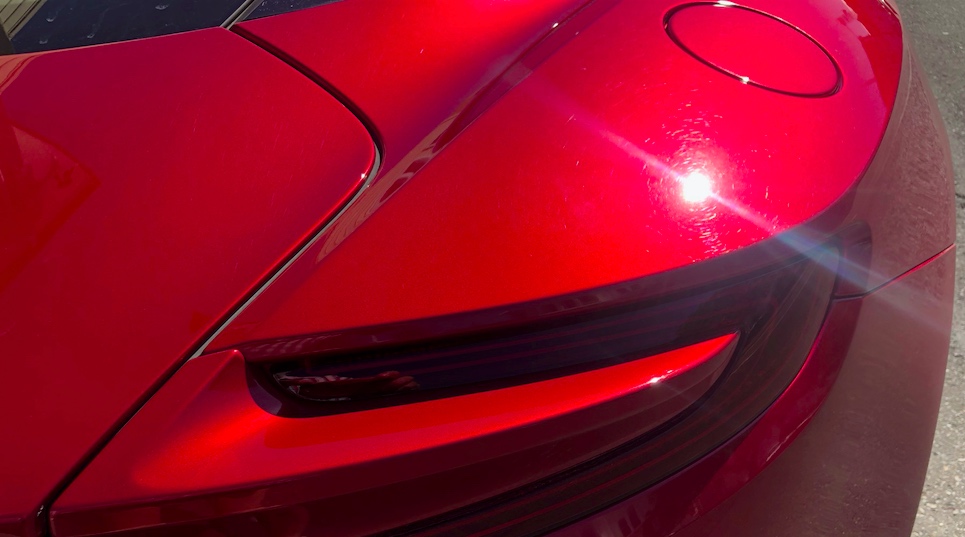
Onwards!
I know it is the “silly season” in NZ and OZ, with all the serious investigative journalists on leave – or is it just that there are no longer any real journalists left at NZME and Stuff? Either way, there seems to be a lack of any reporters with functioning knowledge of how buildings stand up. I suspect the readership of the Eye of the Fish knows substantially more about what is likely to make a building stand up, or fall down, than your average web browser (I use that as a verb rather than a noun…). Let’s delve a little deeper.
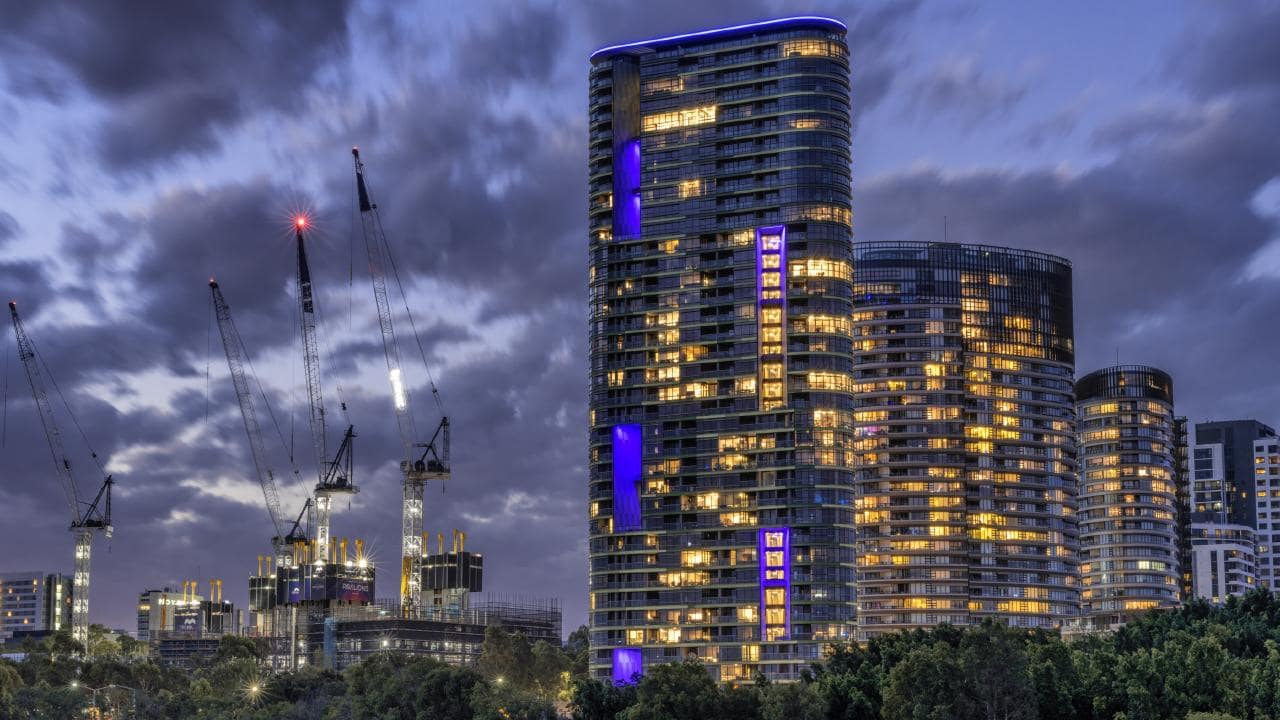
I’m going to go in chronological order, so off to Australia first, before the story itself is lost in the mists of time. You’ll recall, I trust, that the building in question, in Sydney, is the Opal, a new glass-clad apartment block, which apparently emitted some large cracking sounds a couple of weeks ago. It was alleged that precast concrete panels were cracking, and the residents were hurriedly evacuated:
“About 300 residents had to be evacuated from the newly built Opal Tower at Sydney Olympic Park after they noticed cracking noises and damage to an interior pre-made concrete panel wall on level 10 of the building last Monday.”
Curiously, it was revealed that the same company (Icon) constructing the Opal in Sydney was also constructing the Pacifica in Auckland, and briefly, pulses were set racing. Even more curiously, the blame seemed to be laid directly at the feet of the building certifiers. Yes, definitely, they must be the people to blame! It was wrongly certified. That explains everything….
Hmmmm. I’m not so sure.

There’s no doubt that there is damage at the Opal – some of the precast concrete panels have cracks, and a large number of sturdy props have been “temporarily” installed to support floors or beams in at least one apartment. Apparently numerous apartments are affected and the repair crew has caused significant damage to plasterboard linings (“gutted” apartments) as they search for the reasons behind the cracking. That’s good. You’d want them to be thorough. Plasterboard is cheap, comparatively.
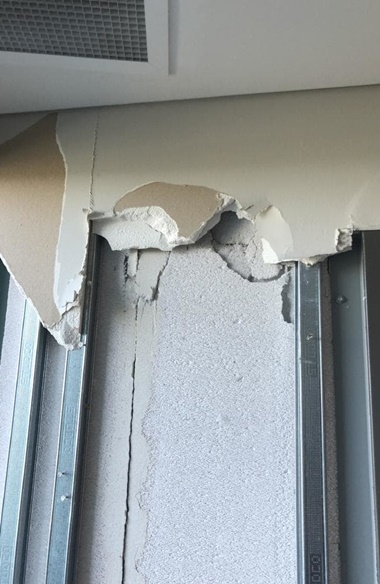
But so many points in this story are fishy: red herrings, or even a load of cods. For a start the Pacifica is a steel framed building, while the Opal is a concrete framed building. Each project has different architects, different engineers, different Council building consent reviewers, different certification regimes, and of course, I presume, totally different construction crews in different cities and indeed different countries. The only thing that is the same is the name. I wouldn’t be worried one fig about the Pacifica.
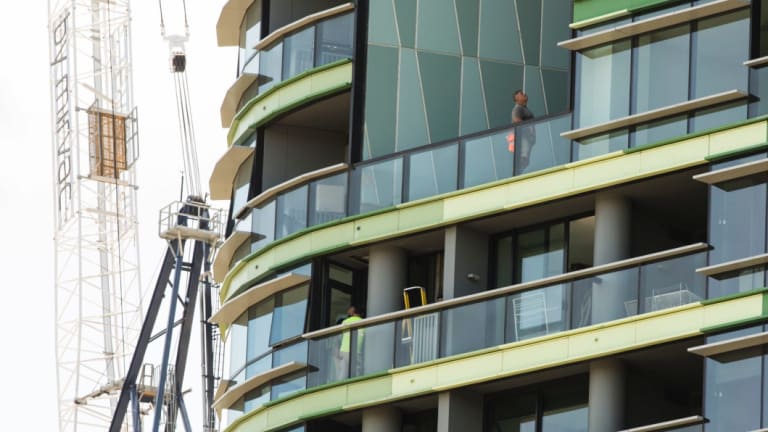
I’m also not sure that there should be that many concerns about the Opal either. I’m completely unaware of the construction system used on the Opal, but I would have thought that it would be highly unlikely that precast internal walls would be taking any structural load. We certainly don’t build structures that way in New Zealand. It is more likely that the precast panels are being used for acoustic separation, while a concrete beam and column system is doing the structural work – you can see the columns in the photos. That probably means that unintended load is being placed on the precast panel, which probably means that a beam is sagging under more load than it should be. I guess that could mean that the beam is badly designed, or that the beam is correctly designed but badly made. I doubt that you could put the blame on the building certifier at all.
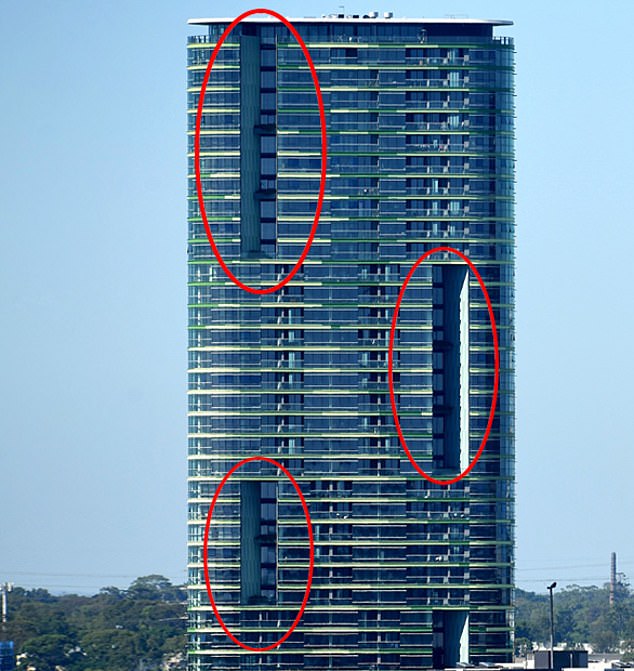
A report appearing on USA Online (which I’ve never heard of before) posits that the use of giant sky-gardens might be a causative issue, but their headline “Is this the cause of the Opal Tower cracks of doom?” means I’m dismissing this as pure scaremongering. It also has a quote from one of the investigators:
‘There’s clearly some very notable damage there but the issue we’re all grappling with is the cause of it, we have to inspect a lot of other parts of the building as well,’ Professor Hoffman, a Dean of Engineering at the University of NSW, said. ‘The first place you’d look at is the design of the structure because it’s unique, it’s a little bit different.’
————————–
Building Two – Courtenay Central and Reading Cinemas in Courtenay Place.
So far, no one is talking much sense about the Courtenay Central Close-down. Certainly not Courtenay Central itself. We’ve spoken about Central before, here (No Red Zone) and here (We need to speak about Courtenay). I can’t figure out why it should be closed down, so suddenly, from some unspecified potential seismic risk. Does any of this make sense to you?
Yes, the Courtenay Central development is a bit a dire mess, with an awful ground floor retail cock-up, which is bordering on criminally incompetent design, but I don’t think that is the actual reason. The building is steel framed, built about 2001, with cinema dividing walls upstairs built from light steel framing and layers of plasterboard (from memory – I watched it get built). If there was any seismic damage, I would have thought that the base of the steel columns at ground floor would have shown the damage, but this would have been blatantly obvious. Is the building poised to collapse? Absolutely not. Do I have any evidence? Absolutely not. Would I ever go there to the movies myself? Absolutely not.

But not for reasons of being scared of collapse. More that Event Cinemas show their “block-buster” type movies there, in rooms that are devoid of any architectural features. I try and go to the Embassy as much as possible, for obvious architectural and historical reasons. Similarly, I went to the Paramount, and also go to the LightHouse. Lindsay Shelton over at Scoop has a nice lament for the Paramount. It’s a bloody tragedy that the Paramount has closed down – its a far better use as a cinema than as a hotel.
So, what is the reason for the close-down of Courtenay Central? Any comments? Is it the neighbouring buildings? The carpark has been removed. There are older buildings to either side – could they be the reason? But if so, why are they not closed also, or listed as the reason for closure? More reasons? Anyone? Anyone? Beuller?
Postscript:
A photo of the full answer to the Quiz question. “My new car.” Picture totally not doctored at all.





Actually – first up is a comment from me – sorry to be so presumptuous – but the photo of the cracked “precast concrete panel” at the Opal. Have a close look. Closer. Is that concrete? Or is that Hebel ? That stuff cracks like Weetbix. Totally non-structural too. What do you reckon?
Comment from Dave Armstrong in the DomPost: https://www.stuff.co.nz/dominion-post/comment/columnists/109770302/cinema-closure-exposes-flaws-in-our-quake-safety-rules
a snippet:
“However, the closure has raised some questions about transparency and the role of local and central government in earthquake safety. According to Reading Cinemas, the risks are limited to the inside of the building. That’s why, even though you’re not allowed to enter the building, you can still walk past the front entrance.
​I suspect anyone who has seen the scary footage of shop awnings and fronts of buildings collapsing during the Christchurch earthquake will now skip a little faster past the Reading building. If I was a busker, I would try somewhere else.”
That’s just bullshit and scaremongering and Armstrong should be ashamed of himself for stooping to this pathetic level.
“That’s just bullshit and scaremongering” How so ?
That looks like an Aston Martin DB11???
Wild guess – whoever you are – you’re right on the money. Well, on the chocolate fish anyway. Yes, it is an Aston, and yes, it is a DB 11, which is just about the sexiest thing on wheels. How do you know? Do you have one?
Welcome back Levi.
I hope you have had a nice time basking in the sunny shallows, but I am worried that they might have been a bit too sunny when I see you have nominated some turbocharged English tractor as the sexiest thing on wheels, somehow forgetting all about:
https://www.classicdriver.com/en/article/driven-citroën-ds-décapotable
Thanks Starkive – yes, well, its a tight race. But in the end i went for the DB11 because it is more common than your decapotable. I wouldn’t want to be thought of as elitist…
Reading being tight-lipped:
https://www.stuff.co.nz/dominion-post/news/109770569/no-safety-guarantees-from-owners-of-closed-wellington-cinema-complex
“Reading Cinema’s Australian head office refuses to guarantee the street frontage of the quake-prone Courtenay Place building is safe for pedestrians beneath. The company, which owns the central city complex that was abruptly closed after a damning engineers’ report during the weekend, refused to answer any questions put to it on Monday by Stuff.
It refused to say whether it had been safe for the last 18 months, during which time it was open and people had gone to movies under the belief they were in a safe building, or whether it would release the new draft engineers’ report to Wellington City Council.”
This just in (more or less)
https://www.radionz.co.nz/news/national/379861/wellington-building-shutdown-cinemas-at-risk-in-earthquake
Yes, that leaves me scratching my head even more. I physically watched the construction of the Reading Cinemas – watched the construction of the steel skeleton, watched the creation of the concrete floor diaphragm at First floor level, and watched the installation of the false floors and dividing walls in the cinemas themselves. Took some photos of this at the time, but these, like my memories of exactly what I saw, are now lost in time.
As far as I can remember: double timber or steel framed walls, multiple layers of Gib board. Not what you might call an earthquake risk in any known way. I am at a loss to explain why anyone would shut the building down to repair Gib walls. Total lunacy? Could any engineers out there care to reply?
Official WCC website says this:
“The issues with the third floor are not a result of damage from the 2016 Kaikoura earthquake.
The Council’s Business Engagement Manager, Phil Becker, says Reading’s engineers have identified several discrete areas on the cinema levels of the building that may perform at an unacceptable level during a major earthquake.
Following the receipt of the draft engineering report, the Company instructed their engineers to conduct further investigations to refine and better understand their preliminary engineering assessments. Those further investigations are currently underway. Reading consequently closed the building as a precautionary measure to facilitate these detailed investigations.
As the areas of concern are contained wholly within the building, engineers have confirmed that there is no increased risk to neighbouring properties or people in Courtenay Place.”
Bit of a laugh…
https://www.betootaadvocate.com/uncategorized/property-investors-begin-to-panic-after-new-crack-in-wall-of-opal-tower-only-sells-for-1-2m/
I like the Betoota Advocate – a bit like the Onion, sometimes it is hard to tell if it is satire or merely the actual truth. Clearly I’ve been watching too much Trumperies nonsense to tell the difference between nonsense and common sense…
Like this article from the Herald’s One Roof site: someone called Charis Chang.
https://www.oneroof.co.nz/news/35821
Heading: “Crumbling tower: Problems were predicted” Oh yeah, hind sight is such a great thing, isn’t it…
I’m just going to post the recommendations from the report it discusses:
“RECOMMENDATIONS:
The report recommended the changes be implemented over a three year period.
The Building Ministers’ Forum at its last meeting on August 10, 2018 directed development of a paper that sets out a plan for reform. These recommendations will be considered at the next meeting in February. Recommendations include:
• A nationally consistent approach to the registration of building practitioners, so that builders couldn’t take on work they didn’t have the skills for.
• Better collaboration between private building surveyors, also known as certifiers, and state and local government to audit building work and take action if there were defects.
• Fire authorities should be involved with giving feedback on designs from an early stage.
• There should be a code of conduct for private building surveyors/certifiers and their role should be made clear.
• There should be better documentation from designers showing buildings will comply with national standards and these plans should be reviewed by others.
• On-site inspections should be required for all building works.
• A comprehensive digital building manual should be created for commercial buildings so that later owners have copies of as-built construction documents, fire safety details and maintenance requirements.
• The report did not make a specific recommendation about cladding audits but said a position should be reached about some type of compulsory product certification system for high-risk building products.”